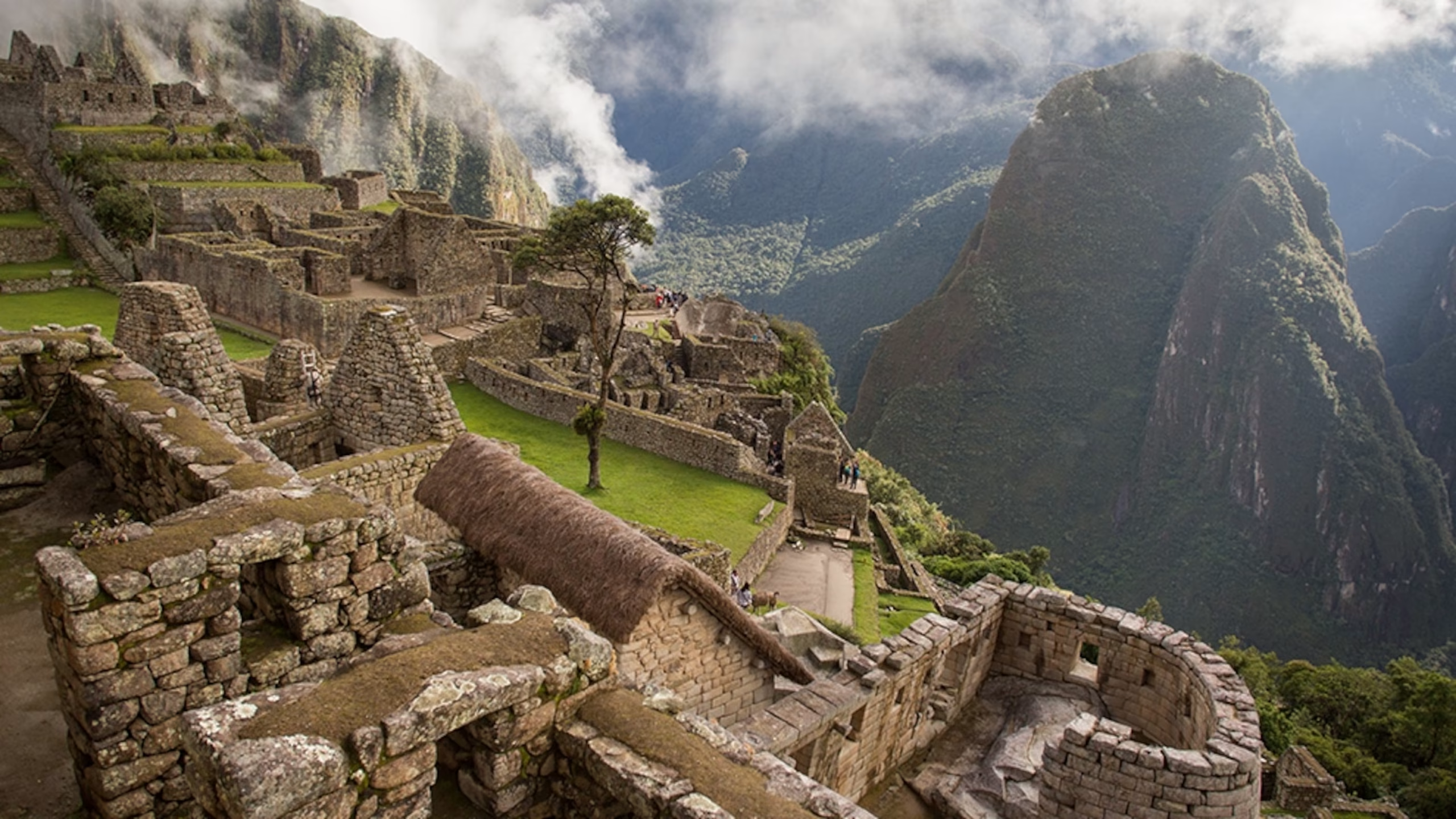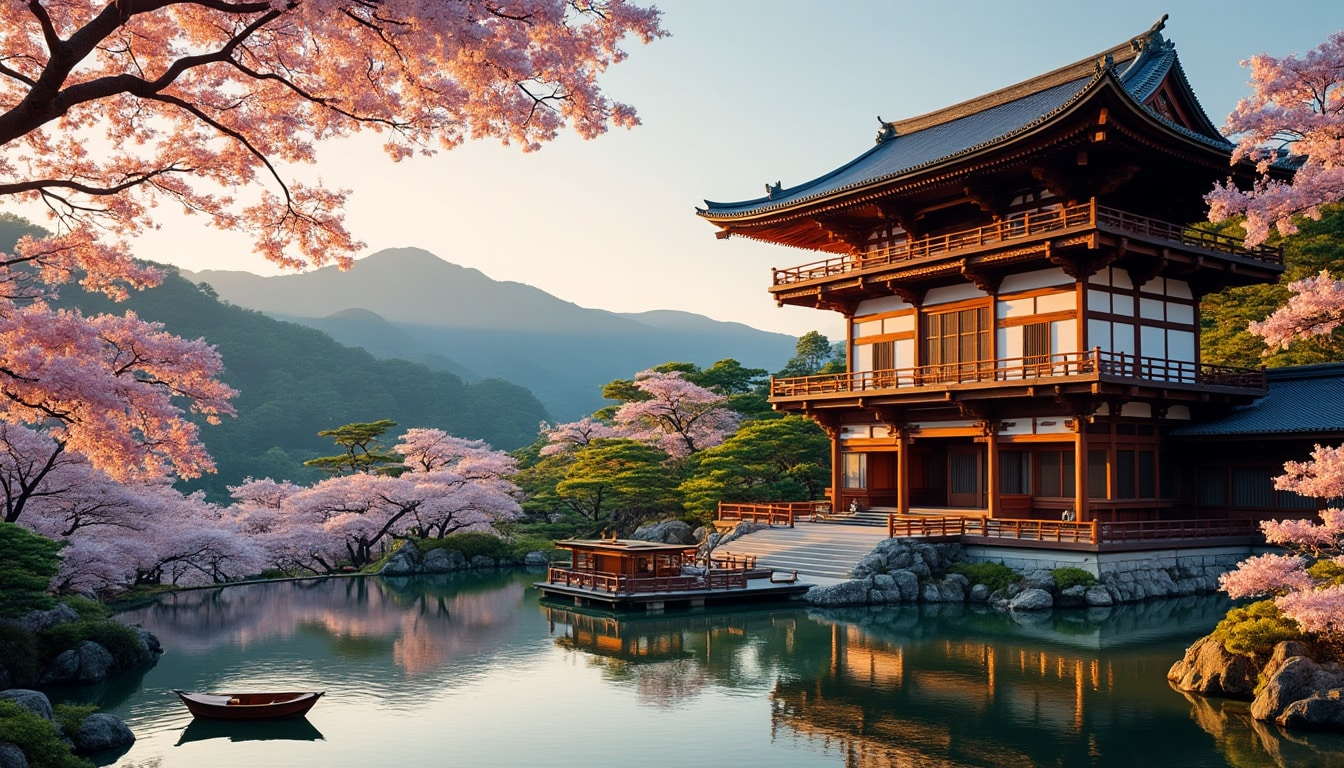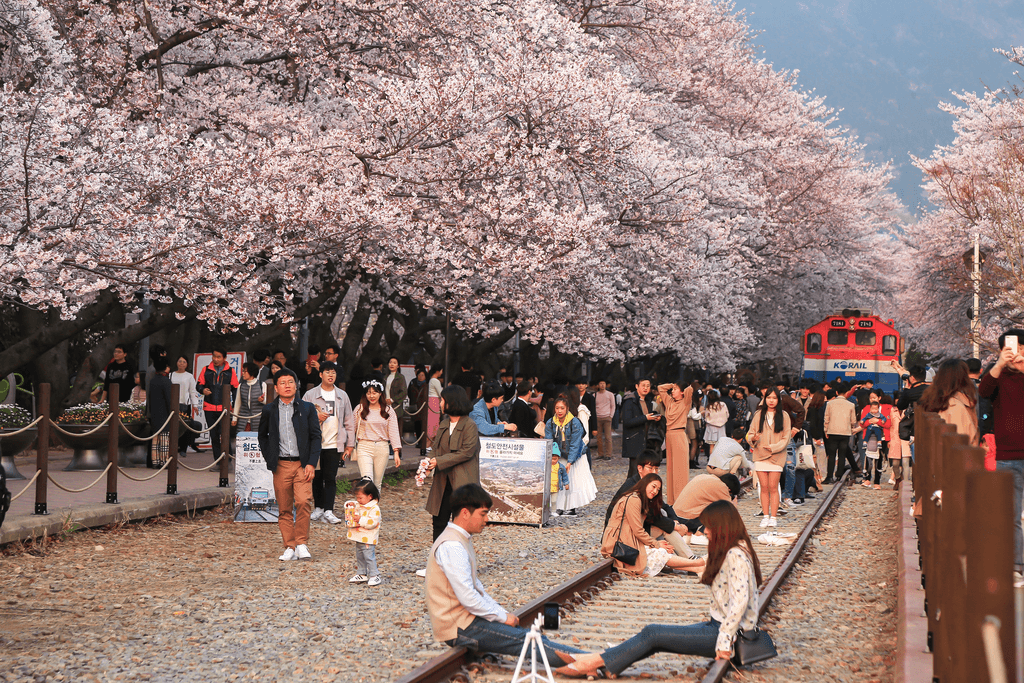novellainstitute.com – Nestled high in the Andes Mountains of Peru, Machu Picchu is one of the world’s most iconic cultural landmarks. This breathtaking 15th-century Incan citadel offers a glimpse into the rich history, architectural brilliance, and spiritual significance of the Incan civilization. Whether you’re an adventurer, a history enthusiast, or a cultural traveler, visiting Machu Picchu is an experience that goes beyond sightseeing—it’s a journey into the heart of an ancient world.
The History and Mystery of Machu Picchu
Built during the reign of the Incan emperor Pachacuti in the 1400s, Machu Picchu remains one of the most well-preserved remnants of the Incan Empire. Abandoned during the Spanish conquest and hidden from the outside world for centuries, it was rediscovered by American explorer Hiram Bingham in 1911. Today, it is a UNESCO World Heritage Site and one of the New Seven Wonders of the World.
Despite extensive research, the true purpose of Machu Picchu remains a mystery. Some theories suggest it was a royal estate for Incan nobility, while others believe it served as a religious sanctuary. Whatever its original purpose, the site’s intricate stone structures, terraced fields, and astronomical alignments showcase the advanced knowledge and ingenuity of the Incan people.
The Cultural Experience of Visiting Machu Picchu
1. Trekking the Inca Trail
For an immersive cultural experience, many travelers choose to reach Machu Picchu via the Inca Trail. This ancient pathway, once used by the Incas themselves, winds through stunning landscapes, cloud forests, and archaeological sites before culminating at the Sun Gate (Inti Punku), offering a dramatic first view of Machu Picchu. Walking the same trail as the Incas provides a deep sense of connection to their history and spiritual traditions.
2. Exploring the Sacred City
Machu Picchu is more than just an archaeological site—it’s a sacred place infused with Incan spirituality. Key landmarks within the ruins include:
- The Temple of the Sun – A semi-circular temple aligned with the solstices, demonstrating the Incas’ deep understanding of astronomy.
- Intihuatana Stone – A carved stone believed to have been used as an astronomical clock or ritual site. Many visitors claim to feel a powerful energy when standing near it.
- The Royal Tomb – A sacred burial chamber where Incan nobles may have been laid to rest.
- The Agricultural Terraces – Ingeniously designed to prevent erosion while sustaining crops in the high-altitude environment.
3. Learning from Local Quechua Guides
Hiring a Quechua guide enhances the cultural experience by providing insights into the Incan worldview, mythology, and engineering skills. These guides, often descendants of the Incas, share ancestral knowledge passed down through generations, helping visitors see Machu Picchu not just as ruins, but as a living testament to their heritage.
4. Experiencing Local Traditions in Cusco
Before or after visiting Machu Picchu, travelers can explore the vibrant culture of Cusco, the former capital of the Incan Empire. Here, visitors can:
- Participate in a Pachamama (Mother Earth) ceremony, a traditional Andean ritual of gratitude.
- Taste authentic Peruvian cuisine, including quinoa soup, rocoto relleno (stuffed pepper), and cuy (guinea pig, a local delicacy).
- Browse colorful markets for handwoven textiles and crafts made by indigenous artisans.
The Spiritual and Cultural Significance
Machu Picchu is more than a historical site; it is a place of energy, spirituality, and cultural pride for the Peruvian people. Many visitors describe feeling a profound sense of peace and awe when standing among the ruins, surrounded by mist-covered peaks and the echoes of an ancient civilization.
For those seeking a meaningful travel experience, Machu Picchu offers a rare opportunity to connect with the past, appreciate indigenous traditions, and witness the incredible achievements of the Incan people.
Final Thoughts
A visit to Machu Picchu is not just a trip—it’s an unforgettable cultural experience that leaves a lasting impression on all who explore its wonders. Whether trekking through the Andes, marveling at the architecture, or learning from local guides, Machu Picchu offers a deep and immersive journey into the soul of Peru’s rich history and heritage.





